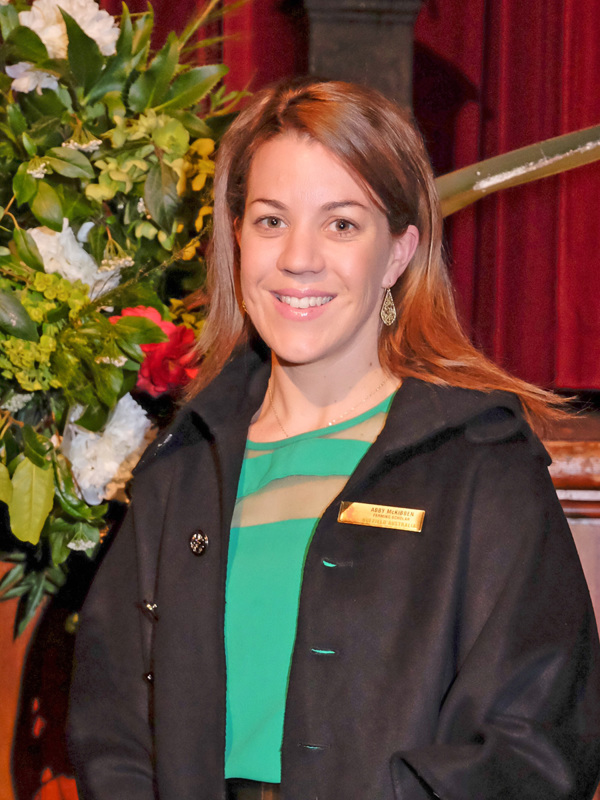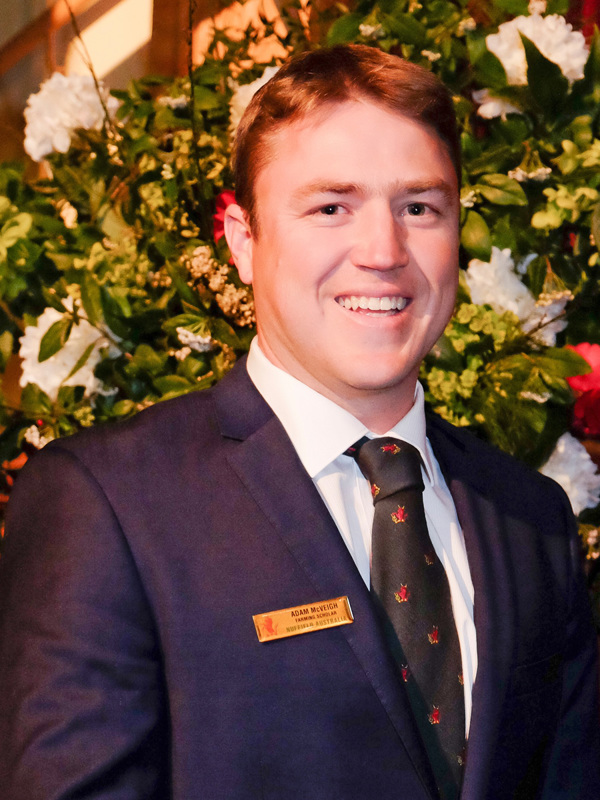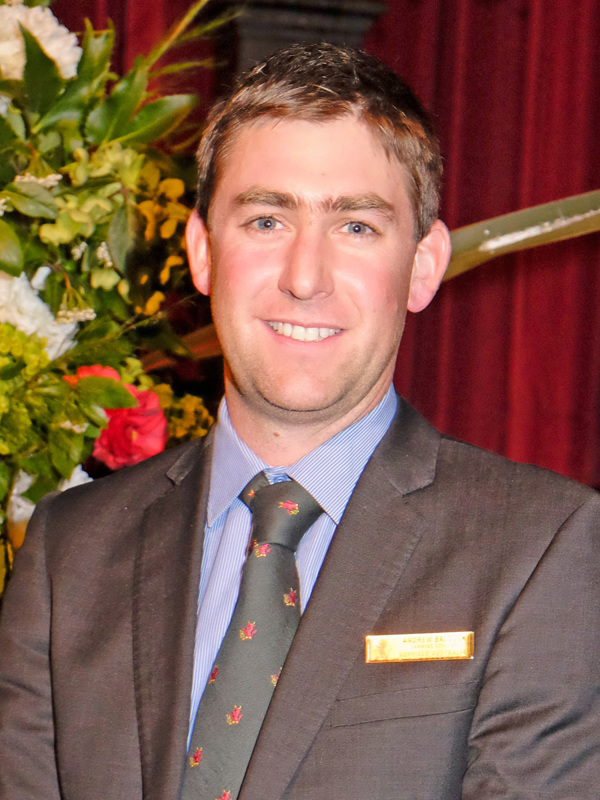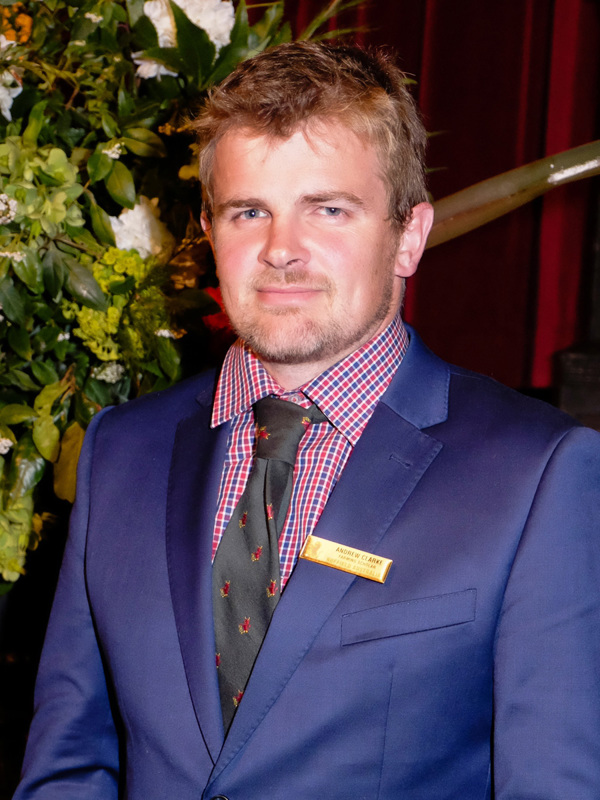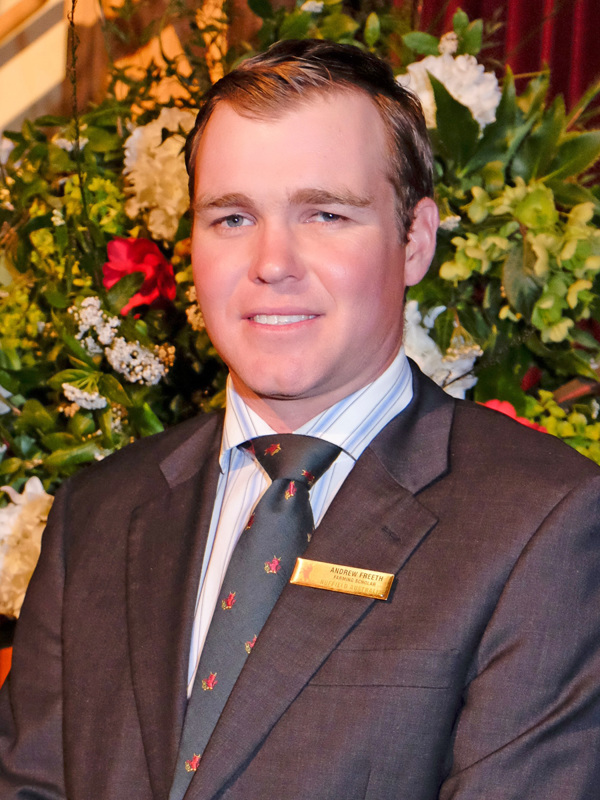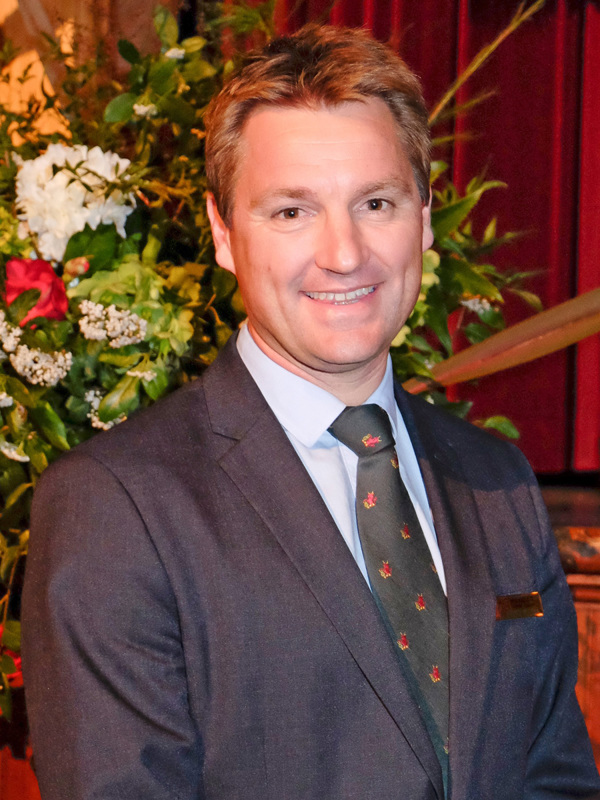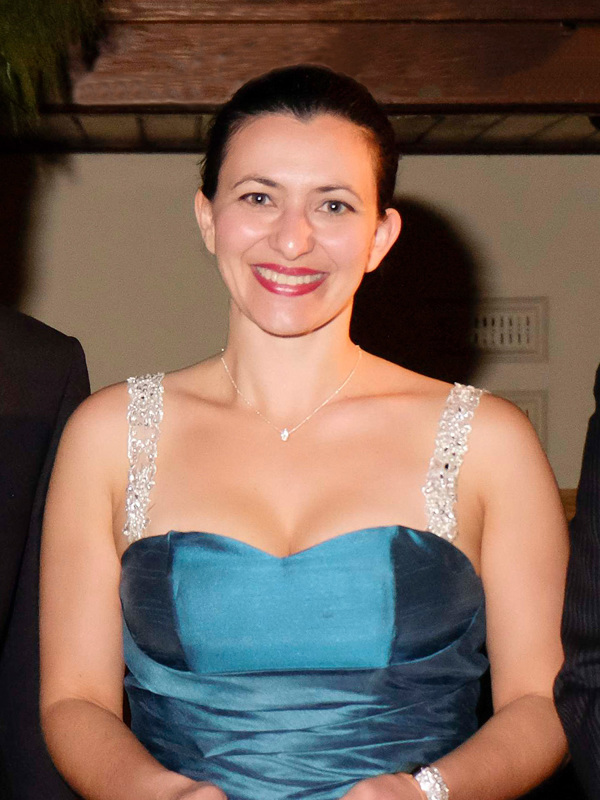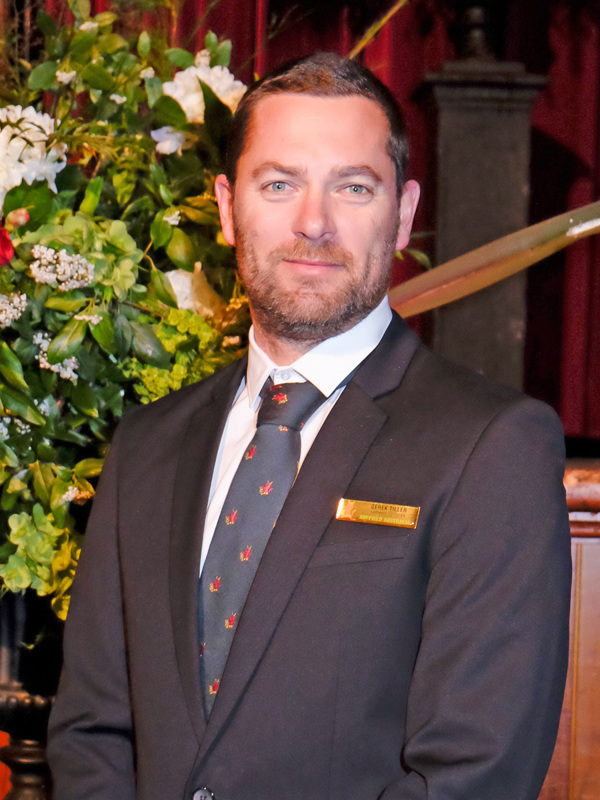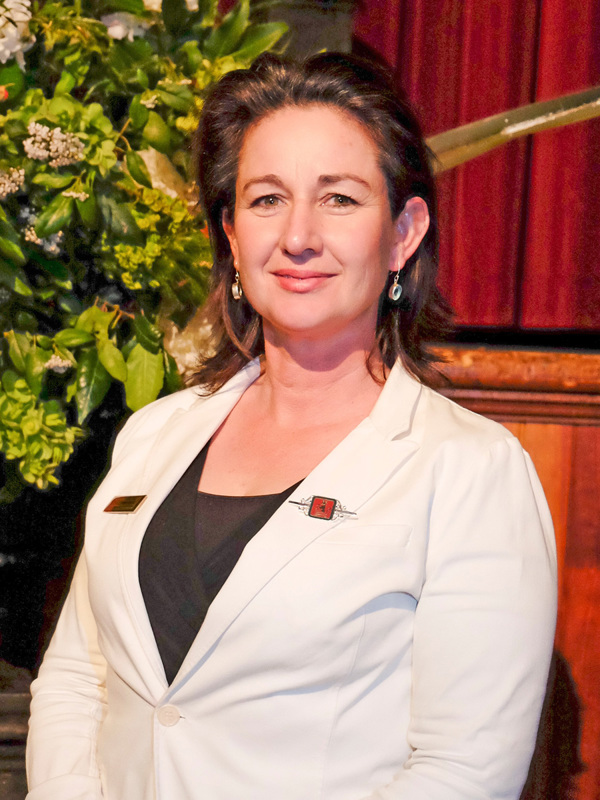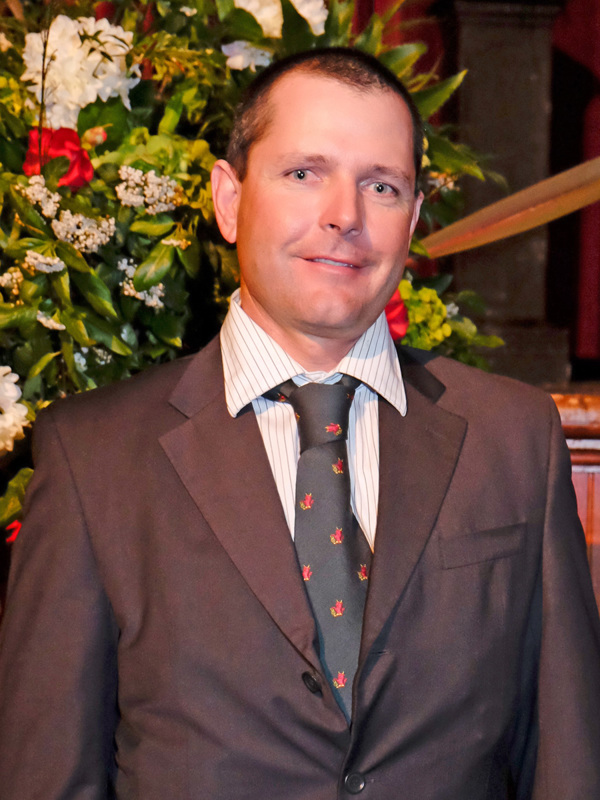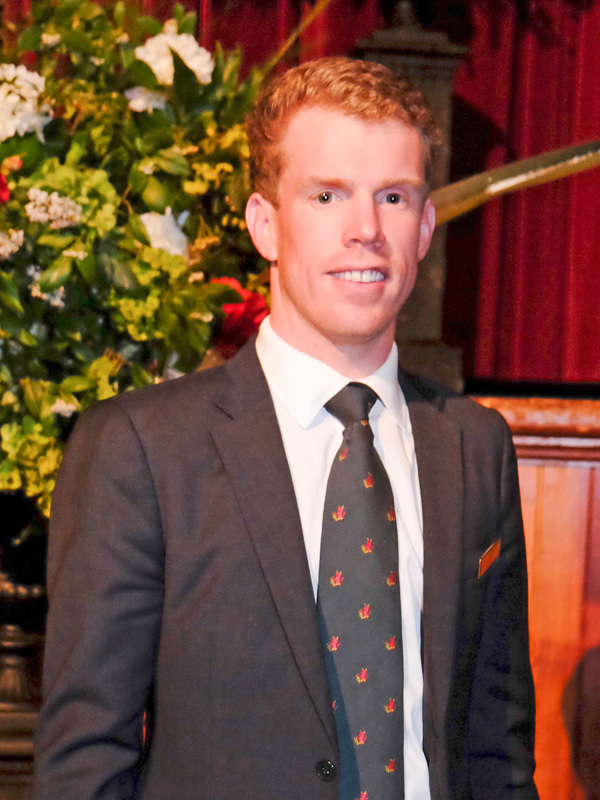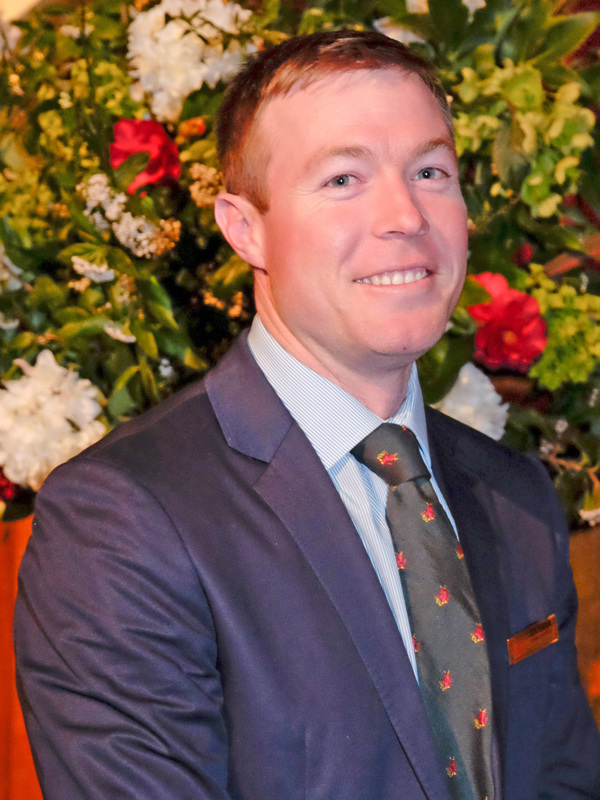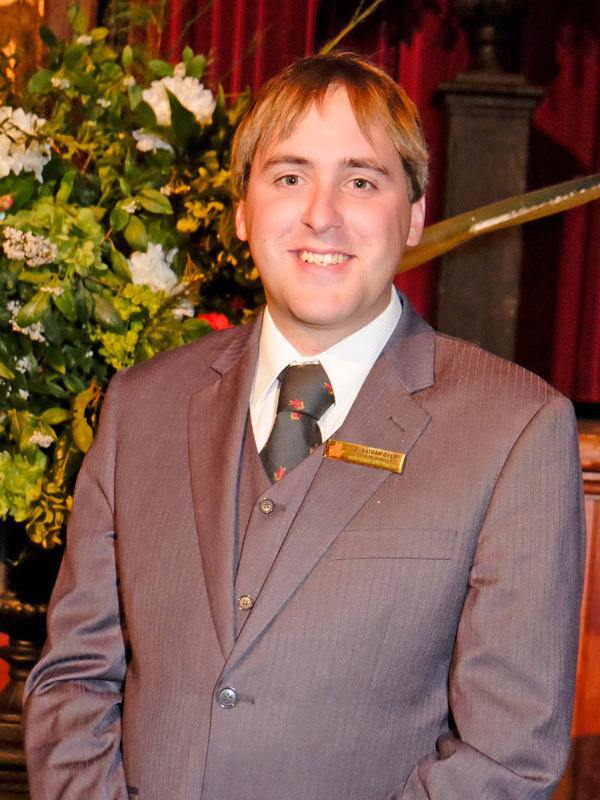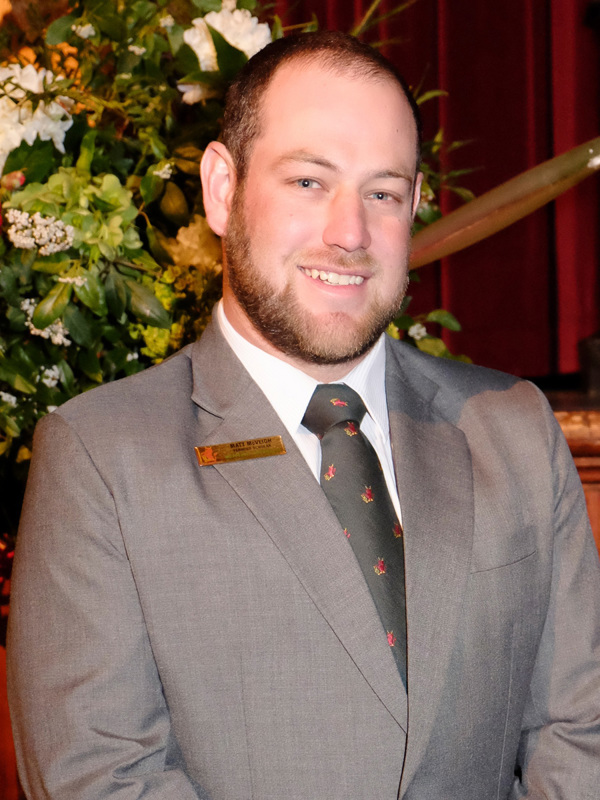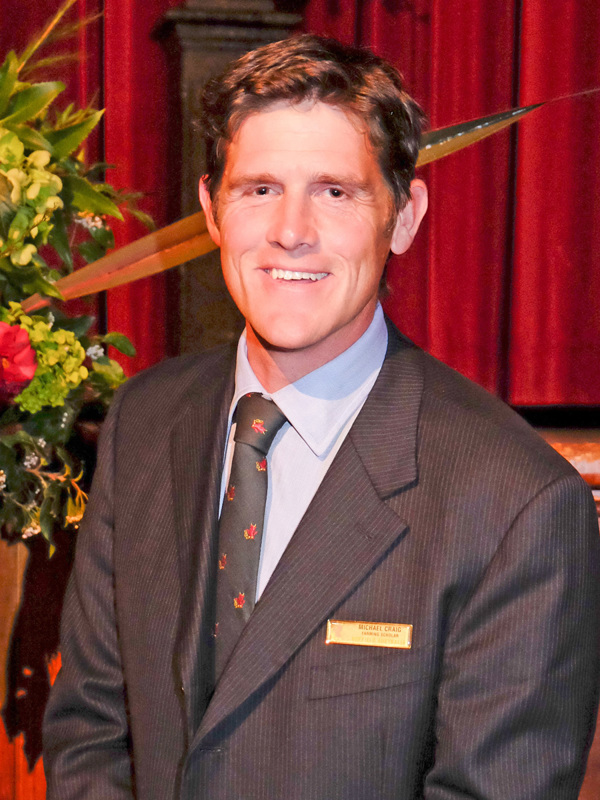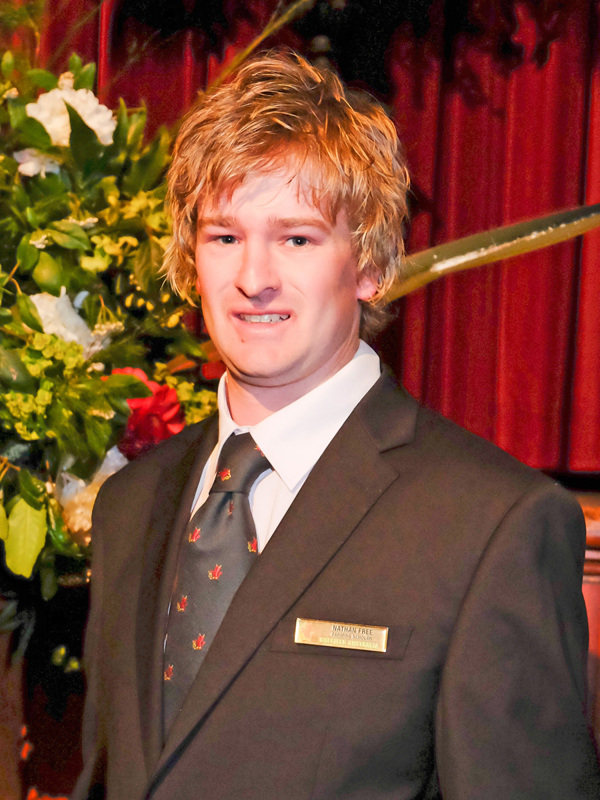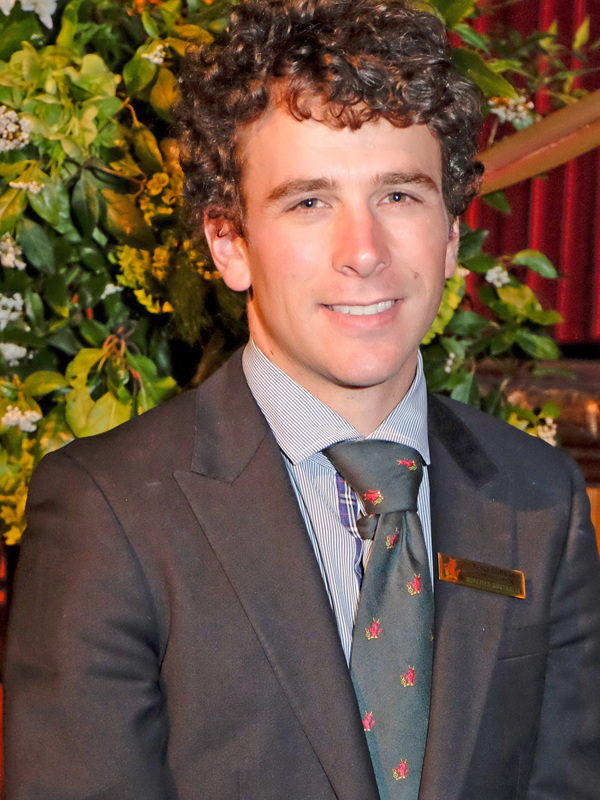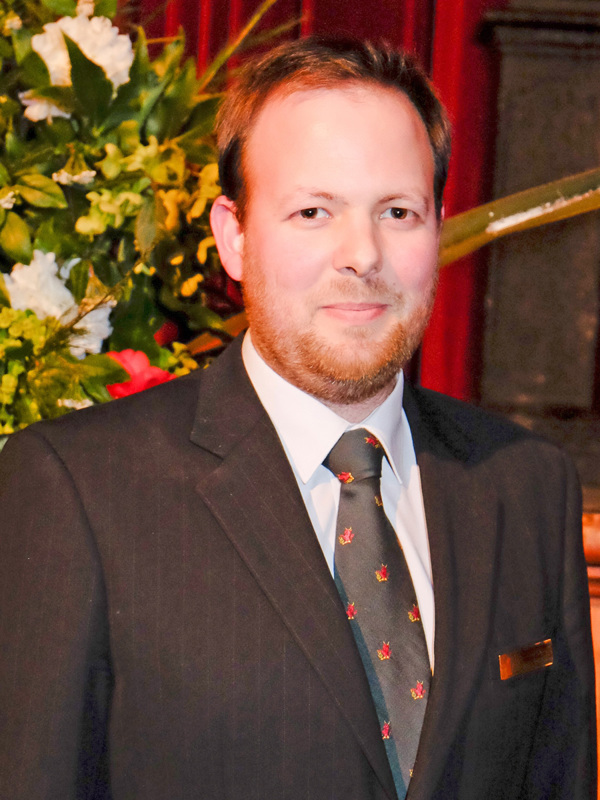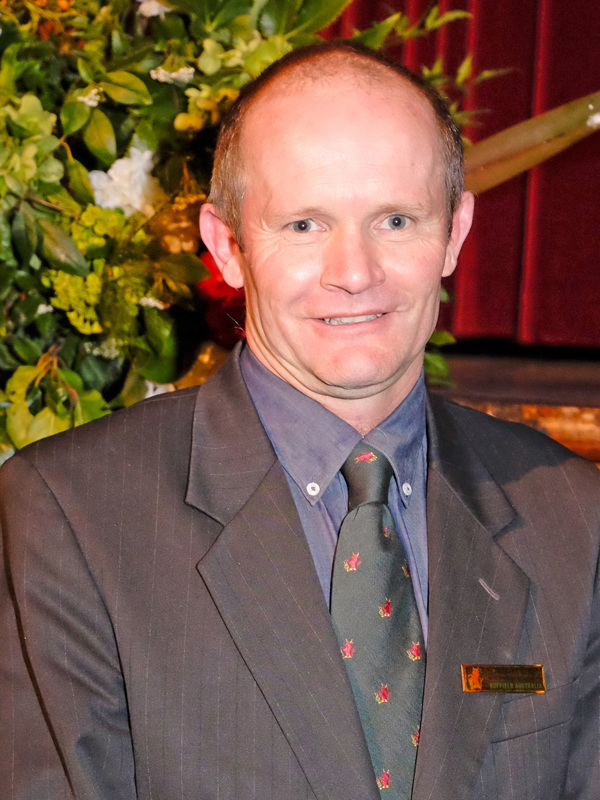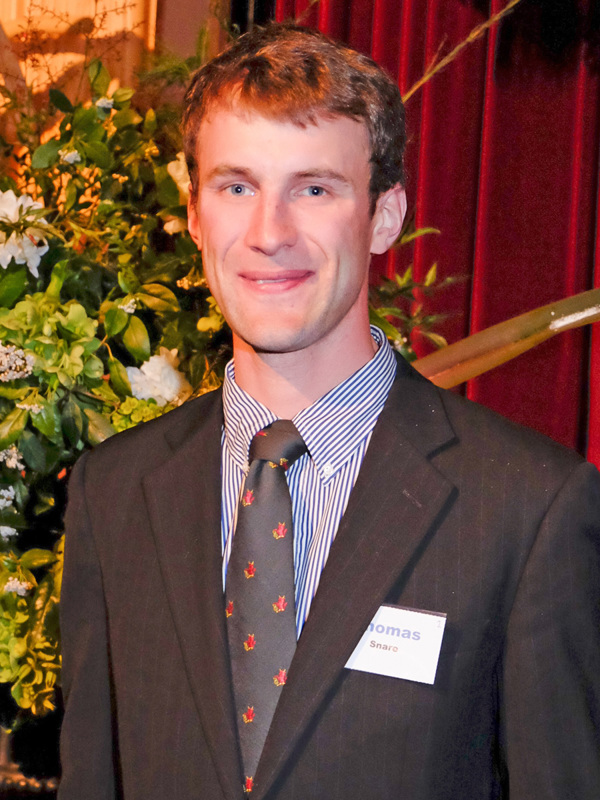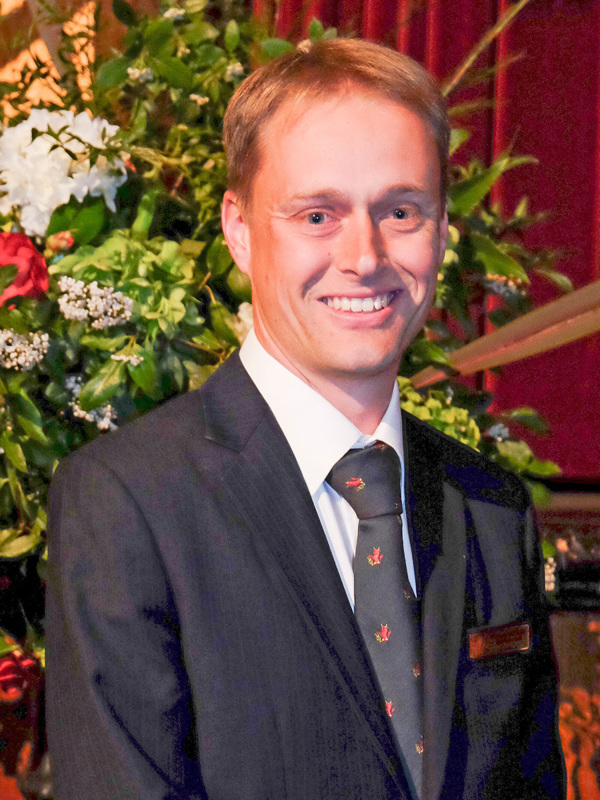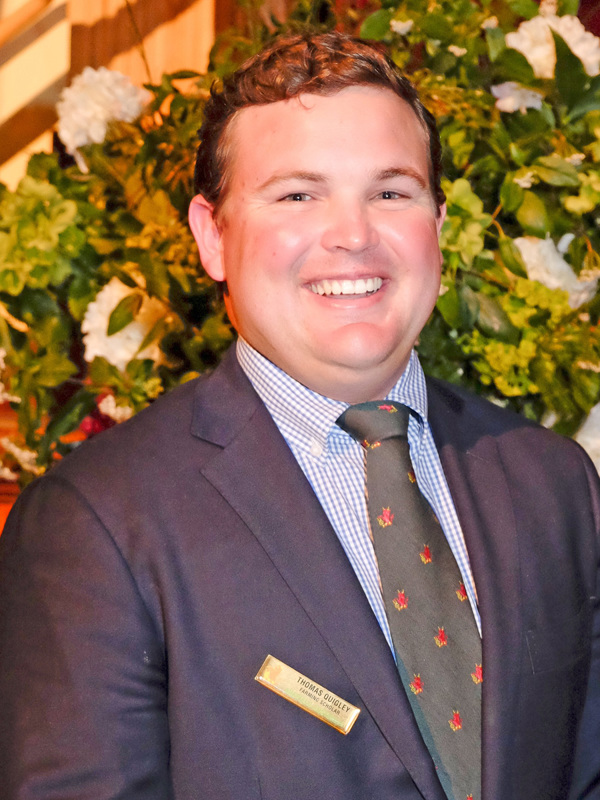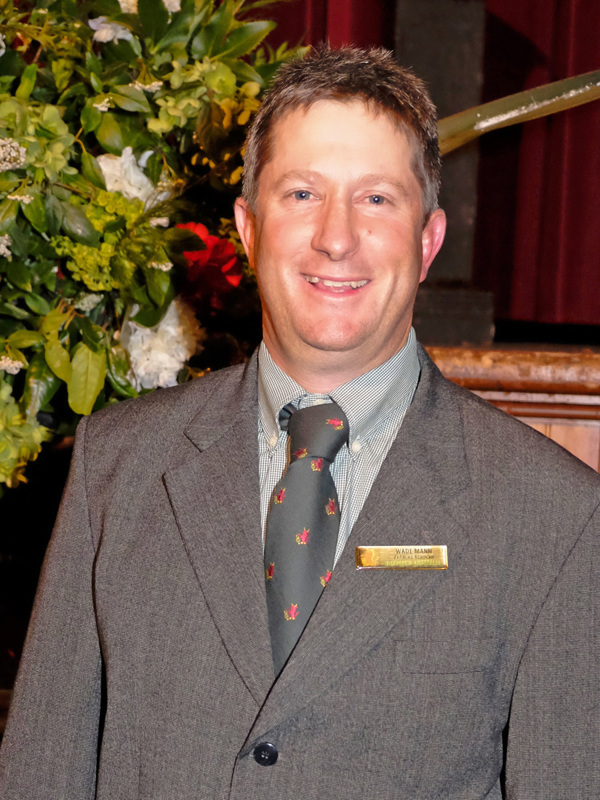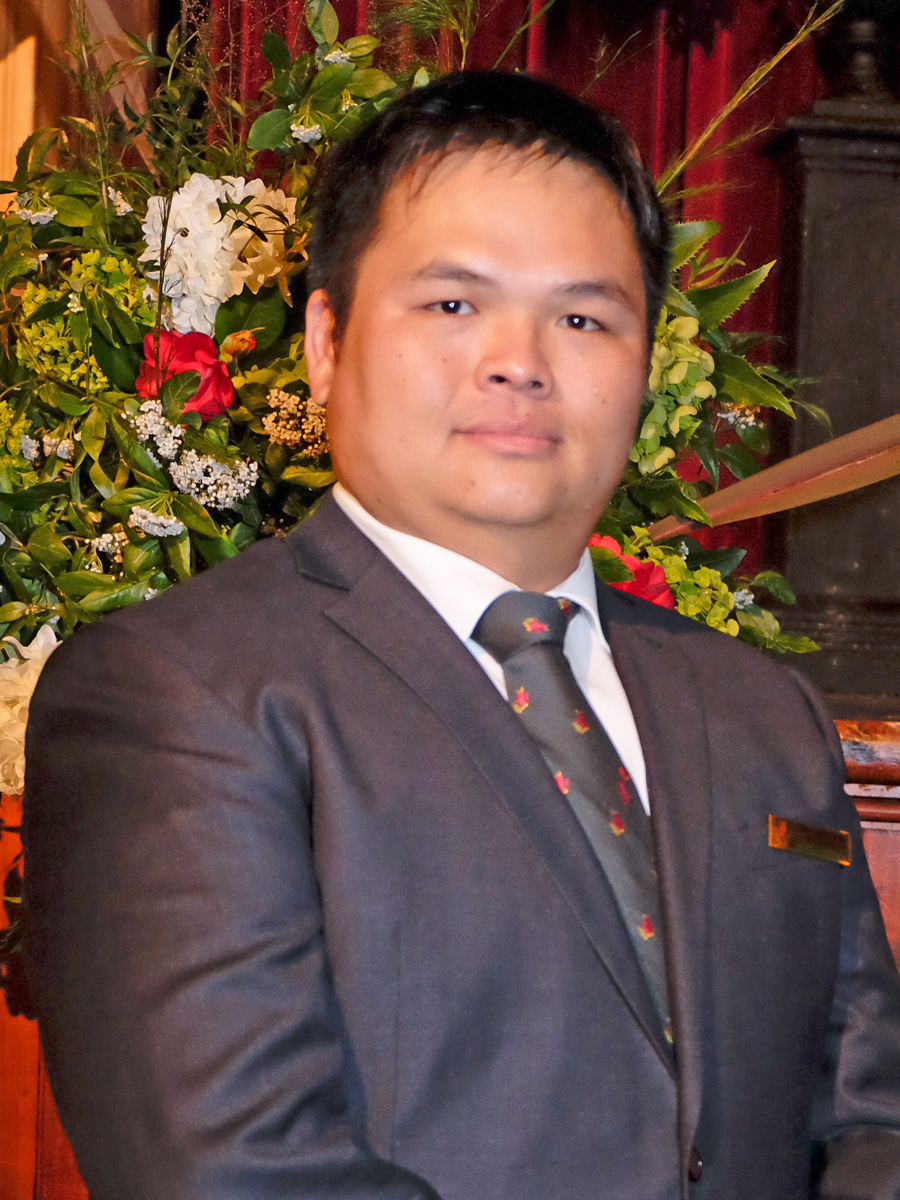
Han Shiong Siah

Nuffield Australia 2015 Scholar
Multi-pronged approach needed to control flying feral vermin
Adopting multiple technologies and strategies could be the answer to managing one of Northern Australia’s most damaging pests, magpie geese, according to a new report released by 2015 Scholar and Northern Territory farmer, Han Shiong Siah.
Mr Siah is a farm manager and agronomist on his family’s tropical fruit orchard, Tropical Primary Products, located south-east of Darwin, which produces mangoes, jackfruit, durian, pomelo, cempedak and water apples, amongst other small trial crops. He is also Chair of Nuffield in the Northern Territory, which wis hosting the 2017 National Conference being held on 19 – 21 September in Darwin.
Supported by ANZ Bank and the Northern Territory Government, Mr Siah’s Nuffield report seeks to identify alternative and cost-effective methods to control flying feral vermin, most notably magpie geese. Mr Siah said the family’s orchard, particularly during mango harvest season, has continued to experience increasingly larger flock landings in recent years and has seen the magpie geese’s ability to evolve and adapt to environmental changes.
“Magpie geese are a major problem in Australia’s north. In the mango industry, farmers have estimated damage of up to 20 per cent of their annual crops. Managing on-farm bird numbers and minimising crop damage has placed significant pressure on farmers, with commonly used deterrent strategies producing mixed results in their effectiveness.
The final report takes a close look at six categories of deterrent types involving light, drones, auditory, chemicals, natural predators and environmental modification.
“No single pest approach is fool proof – a multi-pronged approach is key. In isolation, many of the strategies will only have a certain level of success before magpies eventually adapt and familiarise. Visual deterrents are one strategy to disperse pest birds, but laser technology to scare birds is highly effective in the right conditions, although more research is needed to optimise the strength of laser beams to suit the environment and wildlife in Northern Australia. There are also several sound deterrents available that play the calls of distressed birds, birds of prey or bird nuisances, with careful selection and correct speaker type having a role to play in their overall effectiveness. However, natural predators remain one of the safest and most effective deterrents, such as trained dogs to disperse birds at airports and the installation of falconry boxes on farms around the world.”
Mr Siah said newer technologies like the “Robird” drone or land-based drone “Goosinator” may be used as a quieter option for farms close to metropolitan areas, although further analysis and testing is needed in Australia.
“Our orchard is only 50km from the centre of Darwin, which means that we’re feeling the effects of the urban sprawl, together with restrictions on permitted noise levels. These types of drones, which are not currently available in Australia, would benefit from in-field trials to determine how suitable they would be against magpie geese.
“In addition, there’s a number of technologies still at proof of concept stage, so working with developers on trials to evaluate their effectiveness in this part of the world would be highly beneficial. Access to better and safer technologies allows that money spent on deterring, dispersing and managing bird landings on our farms, to instead be invested back into the business, which is great news for farmers.
“And with a global population swelling to nine billion in years to come, that just makes good sense to me,” he said.
Investor Information:
Mr Shiong Siah was supported by:
ANZ Bank and Northern Territory Government
